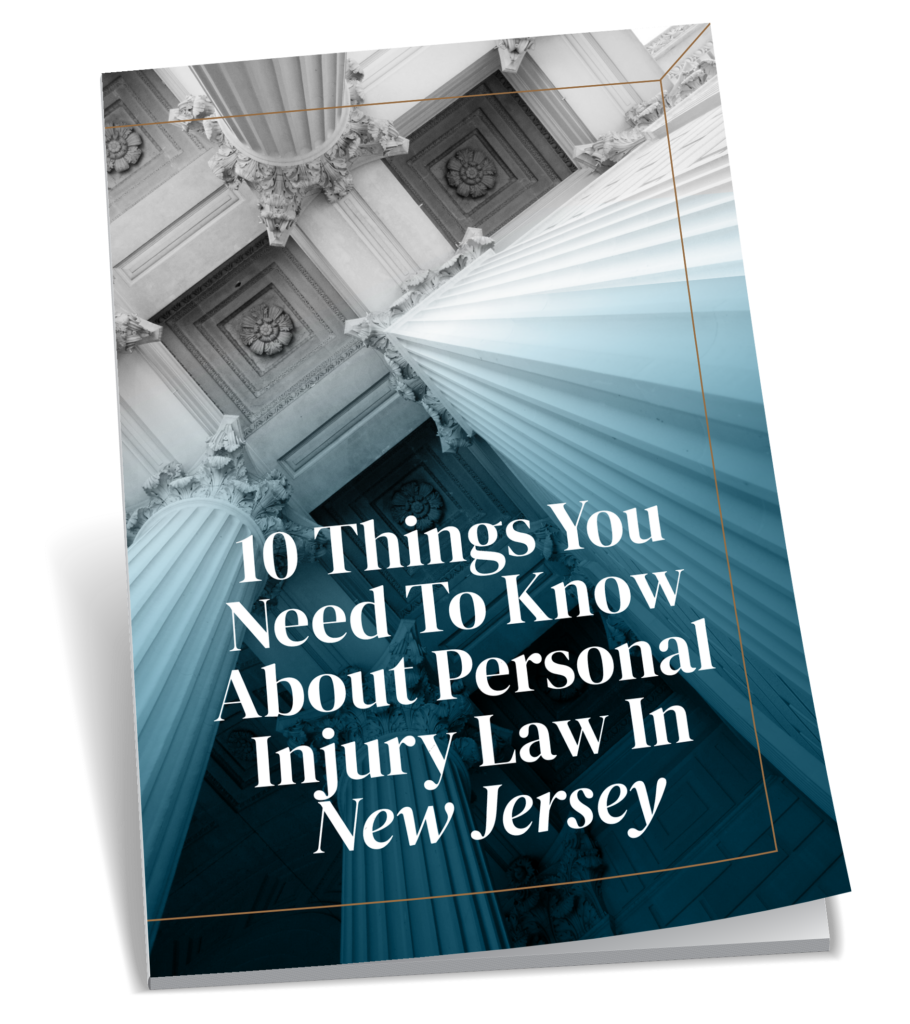When a plaintiff suffers injury to the same body part as a result of successive, unrelated acts of negligence, the suits may be subject to consolidation because of the common question of damages. Under these circumstances, the second tortfeasor is entitled to view any injuries resulting from the initial incident as a pre-existing condition; that is, the second tortfeasor is liable only for any aggravation of the first injury.
A lurking issue in these types of cases is the burden of "apportionment" of the damages on the plaintiff. In this regard, New Jersey courts have historically required the injured plaintiff to apportion the damages between the multiple tortfeasors. This can be problematic as the "knowledge" of the plaintiff regarding the extent of each injury is at best illusory. Indeed, it is unlikely that a plaintiff, or even an expert witness, will be able to segregate the pain, suffering and disability resulting from multiple injuries occurring closely in time.
In light of the foregoing, it is imperative that you consult with an experienced New Jersey Injury Lawyer if you have been injured in successive, unrelated accidents.

